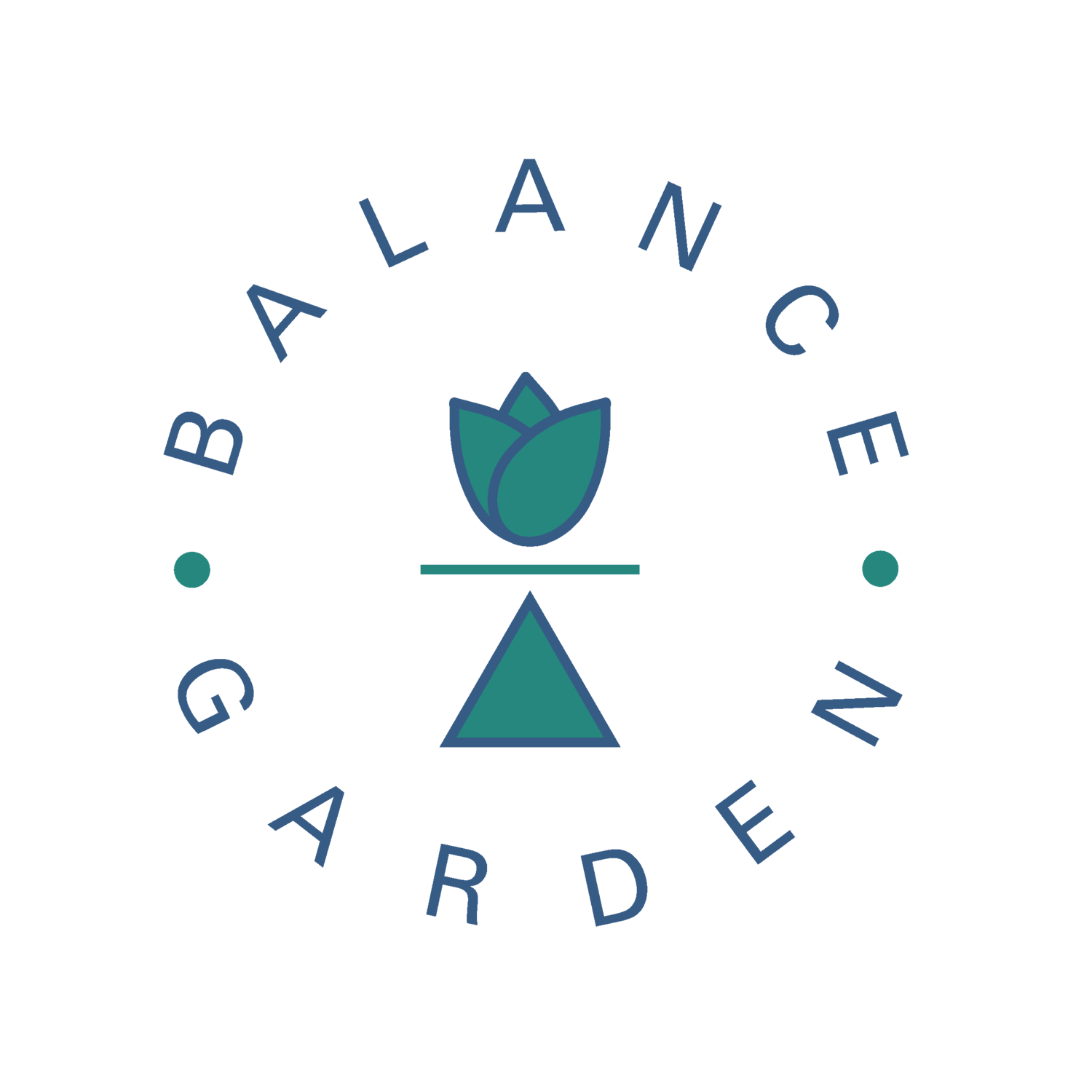Spice Rack: Carrot, Coriander and Coconut Soup with Yellow Split Peas
/Words, Recipe and Image by Ruby Dhalay
Coriander has to be my favourite herb ever. As an almost ubiquitous addition to most Indian dishes, my tiny little mind was blown when a friend’s mum served me a bowl of carrot and coriander soup with a roll and butter after school one day - I just couldn’t get my head around tasting something so familiar in what was to me quite a foreign dish (where were the rest of the spices? And, most importantly, where’s the roti at?).
I have very fond memories of wanting to help out the women in the kitchen at family gatherings, and frustratingly always having the same boring task delegated to me - picking individual dhania leaves from the stalk from what felt like forests of the stuff - when I really wanted to do all the glamorous grown-up jobs. Now I’m allowed to actually play with sharp objects and fire in my own kitchen I’m much lazier, and add the finely sliced stalks, leaves and all to most Asian, Middle-Eastern and Mexican dishes to lift and add brightness.
In cooking you can use coriander in two quite different ways - the leaves and stalks are a herb, and the dried seed, which is a spice. The former has clean and grassy notes to it, which, if you’re in the small percentage of the population who is genetically predisposed as a ‘supertaster’ your sense of smell will translate to a polarising soapy flavour and my heart honestly bleeds for you. The seeds have a very different flavour and aroma with warm, citrusy, almost buttery notes. When you see recipes refer to ground coriander, the seeds have been ground mechanically meaning much of the their delicate flavours get lost over time. This month’s desi mum’s top tip is to toast whole spice seeds and grind yourself as and when you need them, which breaks down the essential oils in the seed and helps release their aromatic nature (details below in recipe). This is especially important when cooking with coriander seeds, as shop-bought ground coriander loses the lovely orange peel layer of flavour otherwise.
As well as being a versatile herb and spice, coriander has many health benefits. The leaves and stalks are full of vitamins A, C and K, so consider using in a Thai or Indian salad as a main ingredient instead of just a garnish to reap the benefits. It’s well known to be appetite-stimulating and handy for aiding digestion, which is good to help recovery from gastric-related illnesses, or loss of appetite when struggling with mental wellbeing. Ayurvedic belief also promotes coriander’s purifying qualities - namely of the blood and kidney function - and supporting the body’s response to allergens.
This recipe is a zinged up version of a classic. Traditionally carrot’s sweetness is complemented by coriander leaf’s fresh floral tones in soup; I’ve added aromatics and spices to lift it further, as well as coconut milk to help bring all the flavours together and add a creamy, silky texture. It’s a triple threat affair; I’m sauteeing coriander stalks in the base, using the ground seed for spice, and adding the leaves right at the end (as heat diminishes it’s flavour). These are techniques that will translate into other recipes too. Have a read of last month’s blog too for more hints and tips on how to cook different spices.
For a soup this recipe doesn’t take very long at all - once you’ve prepped all the carrots (which is the most time-consuming thing), it only needs to boil for 5 minutes or so as you want to ensure they’re just cooked and retain all that night vision goodness.
Serve with with a crusty roll and butter; I’ve also added yellow split peas to the soup (I’m Indian. Just try and stop me eating pulses with everything) as they’re a super cheap and tasty way to nutritionally balance the dish, adding protein, carbs and fibre. You can easily swap these out for another pulse that also holds it shape (like red lentils), or leave out all together for a more Thai-inspired soup.
Carrot, Coriander and Coconut Soup with Yellow Split Peas
Ingredients:
Serves 4 (with leftovers for the freezer)
Mug full of yellow split peas, rinsed and soaked for at least half an hour optional
Tablespoon coriander seeds
Cooking oil (I used coconut oil as it marries nicely with the coconut milk)
1 onion, finely chopped
2 ribs of celery, washed and finely chopped
6-8 garlic cloves, crushed
Thumb of fresh ginger, grated
1 lemongrass stalk, outer layer removed and finely chopped
Chilli powder, to taste
Teaspoon ground turmeric
1 kg carrots, peeled and chopped
1 tin coconut milk
Vegetable stock/ boullion
Bunch of coriander, stalks and leaves chopped and separated
Juice of a lime
Salt, to taste
Method:
Drain the yellow split peas and put on to boil. Don’t add any salt as this can make them (and any dried pulses for that matter) take ages to cook. You’ve put them on first as they will take the longest to cook so keep an eye on them, making sure to skim any of the frothy scum from the surface and checking every now and then to see when they’re cooked. Once they’re done they’ll have have softened completely, how long this takes depends on how long you soaked them for, but it will generally be around 30 mins. Drain and set aside.
Put a large pan on a low heat and add the coriander seeds. You want to toast them gently for a few minutes, so keep a careful eye on them. You’ll know when they’re done as they’ll brown and give off a warmer, toasty smell. Remove from heat and use a pestle and mortar to grind them to a powder - toasting makes this easier too!
In the same pan add your chosen cooking oil on a medium heat. Once hot add the onions, celery and chopped coriander stalks. Cook this with the lid on until the onion starts to sweat and go translucent, then take the lid off and let them brown slightly.
Just like last month, turn the heat down low and add the garlic, ginger and lemongrass with a pinch of salt. Once they’re starting to brown remove the pan from the heat for a minute and add the turmeric, ground coriander seeds, chilli powder and a drizzle of oil. Mix well and return to the heat. Turmeric is not their for flavour; as the soup is already so colourful it just enhances it, and lets you benefit from it’s plethora of health properties.
You’ll know when the dry spices are cooked from their aroma, but as a guide this takes around 3-5 minutes on a low heat, with a watchful eye over it to make sure they don’t burn.
Now add the coconut milk and stir well, making sure to give the bottom of the pan a good scrape with a wooden spoon to make sure all the effort you’ve put into making the base of the soup isn’t lost. Turn the heat up slightly and let the mixture get to a rolling simmer. This is a good chance to peel and chop all those carrots!
Add the carrots, and enough boiling water to just cover them. Add about a teaspoon of bouillon; you can use half a veg stock cube if you don’t have this. Be wary of tasting the broth at this stage and over or under seasoning; once they’re blitzed the carrots will add sweetness, so as it’s not a true representation of the how the final dish will taste its best to leave this to the end.
Let it come to boiling point, then turn down low for about 5 minutes or when the carrots are just cooked. Remove from the heat for a few minutes, and using a stick blender give the soup a blitz till its blended to your preference (if you have a blender just add as much of the mixture to this as you like and whizz until it reaches your desired consistency). I prefer to blend about half so there’s still some whole veg in there for bite.
Return to a low heat and mix the yellow split peas in well. Let it simmer for a couple of minutes to allow them to take on some of the flavours from the soup.
Turn off the heat and add the lime juice and chopped coriander leaves (mini me says a few stalks in there are just fine too), stir through well and serve.
Hints & tips
Keep a bunch of coriander fresh for a week by giving it a good rinse, and storing in a glass of water like a bunch of flowers in the fridge.
It’s really easy to grow from seed, just remember to soak the seeds overnight to help germination, and keep in a warm place.
Coriander seeds make a great garnish to middle-eastern dishes. Simply toast them lightly in a dry pan (as above), and crush lightly with a pestle and mortar so they’re roughly halved in shape (best eaten over the addictive Egyptian comfort food koshari).
Got a bunch leftover from a recipe? Whizz with some fresh mint, garlic and chilli, and add some lemon juice at the end to preserve your goes-with-everything chutney.
Ruby (@rubydhalay) is a foodie who is passionate about finding pleasure and nourishment in food, exploring an holistic approach to cooking and eating.
Every month she'll be taking culinary inspiration from her roots and focussing on a different spice - talking about flavour, provenance, health and wellbeing, and most importantly how to get the most out of them in your cooking










































This month’s spice is warming wonder cinnamon. While it will always remind us of Christmas, it’s a really versatile spice that brings a warm richness to sweet and savoury dishes all year round. It’s also been proven to help stabilise blood sugar levels so is a great addition to your diet for your overall wellbeing… and cinnamon swirls.